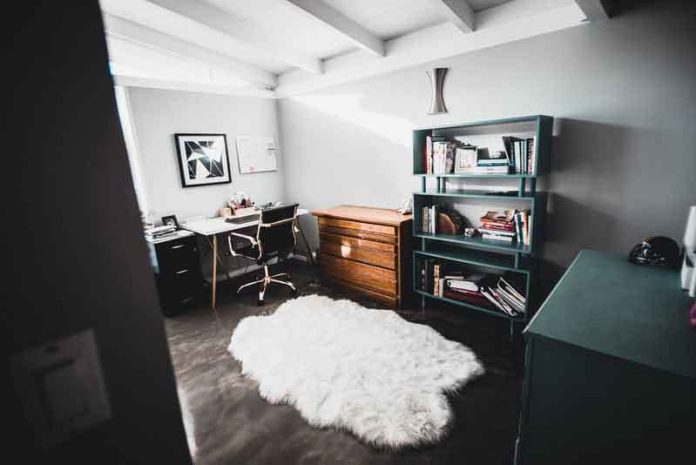The COVID-19 pandemic confined people to their homes, and many of the adult population worked from home. While we’re not out of the woods yet, the world sees more people embracing flexible work, that is, working from the comfort of their homes.
According to the third edition of McKinsey’s American Opportunity Survey in spring 2022, 58% of the 25,000 Americans they asked are allowed to work from home at least once a week. Also, they discovered that 87% of these people will prefer working flexibly if given the chance to do so.
However, while working definitely saves time on your commute and gives you a heap of benefits, they also come with challenges. These include distractions and unwanted sounds.
If you want a productive working environment, you’ll need a noise-free space. Noise affects a person’s ability to focus and do jobs at home. It even impacts your overall well-being and mental health.
One way to address this challenge is to soundproof your home office. If you’re looking for ways to do it, here are five home office soundproofing solutions you can try.
Table of Contents
1.Seal all holes.
If there are air gaps in the room, no matter how tiny they are, the sound will get into the room. To block the sounds, find any holes, including termite exit holes, drilled holes, gaps around cable holes, and recessed lighting holes. You need to check on your walls and ceilings to see if there are any of these perforations. If you find one, consider repairing that area to reduce the amount of sound coming into your home office. You can use acoustic sealant, sound-absorbing materials, and caulk.
2.Get solid core doors.
Hollow-core doors are affordable, so you’ll find them in many homes today. However, noise can easily pass through this type of door. If you have hollow-core doors at home, try to replace them with solid-core ones to minimize the sounds. Solid-core doors absorb and block sound better. They are the most ideal way to make your door soundproof, but they are also expensive. You can use a door replacement cost estimator to get an idea of how much you will need to spend replacing your doors.
3.Consider weather stripping.
If you can’t afford solid wood doors, you can attach soundproofing weatherstrips to your door jam. They are simple to install as they come with an adhesive, so you’ll be done in a matter of minutes. Soundproofing weatherstrips can also work well enough. They may not absorb all the sound, but they do muffle them as they create an air-tight seal.
Weatherstrips are usually made of fiberglass. They are meant to prevent water or rain from seeping into a room. However, some new models can be used as soundproofing materials.
4.Upgrade to window inserts.
This is another cost-effective way to seal out noise. Window inserts are designed to add another layer of a barricade to your windows. They reduce sound efficiently, giving better sound insulation than that of a glass pane. The types of window inserts available in the market are the following:
- Standard grade
- Acoustic grade
- Privacy grade
- Museum grade
- Commercial grade.
A standard window insert can reduce about 50%–75% of the sound, while other types even claim to offer 95% sound reduction.
What’s even great about window inserts is that they don’t only block unwanted noise. They also protect your windows from draft and dirt.
Install door sweeps.
Door sweeps give better noise reduction as they seal the gap under the door. You can install them at the bottom of your door in addition to changing your hollow-core one with a solid door. Door sweeps dampen the noise that goes under the door. They are easy to install, but they make a great difference when it comes to noise control.
Typically, door sweeps are made of silicone and aluminum.
Wrapping Up
Are you ready to make your home office noise-free?
Sealing air gaps, using solid core doors, adding weatherstrips and door sweeps, and using window inserts are just five of the many soundproofing methods you can try. These methods are all helpful in reducing sound and giving you healthy workspace.


















